1. Robots that neutralize landmines
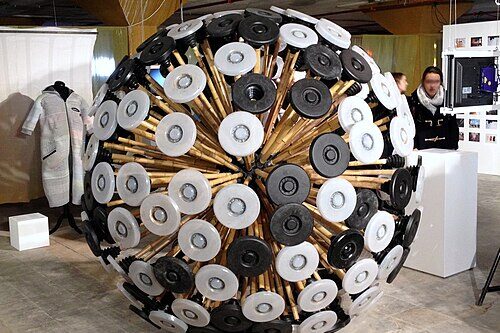
Advanced unmanned robots and drones are transforming mine clearance. One innovation uses UAVs to map suspected fields, detect buried landmines with metal and magnetic sensors, and then place and remotely detonate charges or disable mines, all without putting humans in harm’s way. The Mine Kafon Drone, for example, is 20 times faster and far cheaper than traditional manual methods and has been tested in collaboration with defense agencies. Meanwhile, teams like CSIRO’s Data61 are building autonomous ground vehicles equipped with robotic arms, thermal imagery, and deflagration tools to burn or safely remove explosive devices. These robot swarms can operate day and night, avoid obstacles, and dramatically boost clearance speed, potentially making demining operations safer, more efficient, and far more accessible worldwide.
2. CRISPR gene editing
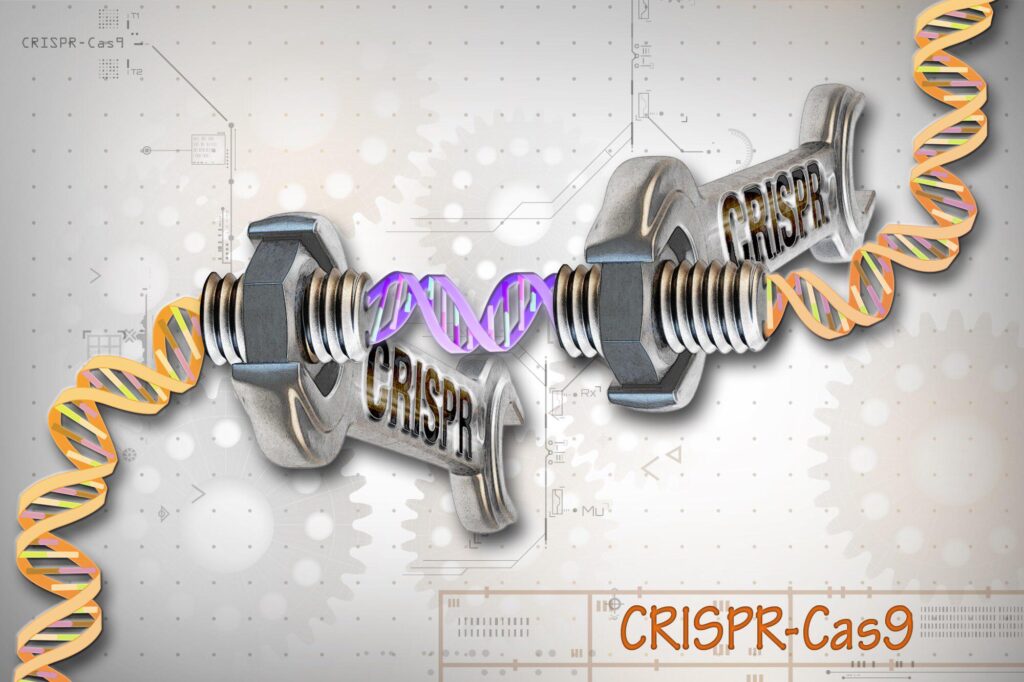
This was basically designed to rewrite faulty genes to fight disease. CRISPR is like a molecular text editor, allowing scientists to cut and change DNA with precision. This tech is already being used in trials to cure inherited conditions like sickle cell anemia and some forms of blindness. Researchers are also exploring its use to make cells resistant to viruses such as HIV and even to target cancerous mutations inside tumors. What’s more, CRISPR could revolutionize agriculture and public health, e.g., engineering mosquitoes that can’t carry malaria or crops that resist drought and pests. While ethical debates continue, its potential is enormous: imagine one-time treatments that cure diseases instead of lifelong medication. Clinical trials are underway; the next few years could bring the first real CRISPR-based cures to millions.
3. Drones that plant trees
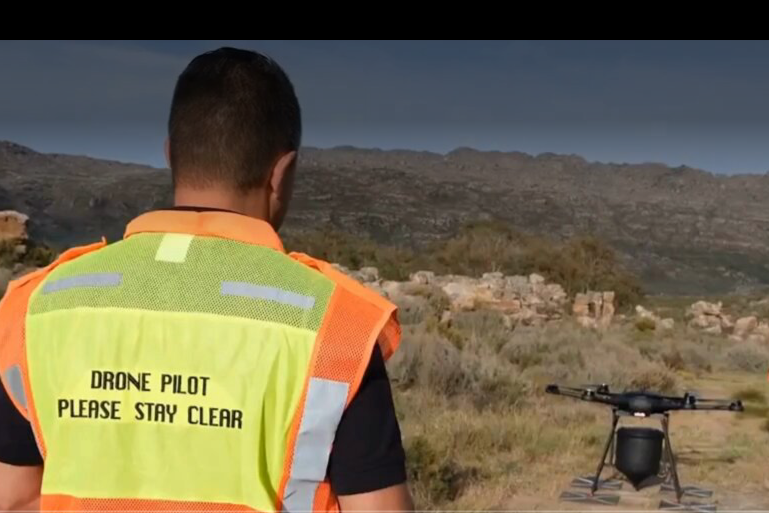
Designed for seeding forests at drone-speed, autonomous drones are revolutionizing reforestation by dropping seed pods directly into the soil, working up to 25 × faster and 80 % cheaper than traditional methods. Companies like AirSeed, BioCarbon Engineering, Dendra, and Flash Forest are deploying fleets worldwide, from Canadian wildfires to deforested areas in Kosovo and Myanmar, to plant tens to hundreds of thousands of seeds each day. Australia’s AirSeed claims up to 40,000 pods per day per drone, using AI to map terrain and fire pods in precise patterns with protective coatings to help seedlings survive. In Myanmar, BioCarbon Engineering’s drones planted mangrove saplings that grew over 20″ tall, showing the promise for large-scale restoration. These technologies not only speed up planting but also reach places too dangerous or remote for people, making a real dent in carbon removal by restoring forests.
4. Self‑healing concrete

It’s as you’ve read: “Concrete that repairs its own cracks”. Concrete is being engineered with bacteria or embedded capsules that activate when cracks appear. These “smart” materials house microorganisms or chemicals that reproduce or respond to moisture, sealing small fissures autonomously. This process prolongs the lifespan of bridges, tunnels, and buildings by preventing water infiltration and structural degradation. For example, Dutch startups like Basilisk and biotech labs worldwide are embedding spores of Bacillus bacteria that produce limestone when exposed to moisture and air. Another method uses microcapsules filled with healing agents that release upon cracking. These innovations reduce repair costs, traffic disruptions, and carbon footprint, extending infrastructure lifetimes in a sustainable, self-sufficient way.
5. AI for disease outbreak forecasting

In today’s world, algorithms are spotting pandemics before they happen. AI platforms, such as BlueDot and Metabiota, process vast data, from flight paths to social media, to identify unusual clusters of symptoms and movement patterns that hint at disease spread. AI systems predicted COVID-19 early and continue to flag threats like new flu strains or zoonotic viruses, providing health agencies with early alerts to act swiftly. These systems also power vaccine design and resource planning, enhancing readiness and response speed. By simulating outbreak scenarios, predicting hospital demand, and mapping how diseases travel in real time, AI transforms public health. The result: faster containment, smarter allocation of limited resources, and potentially preventing future pandemics before they spiral out of control.
6. Carbon‑capture machines
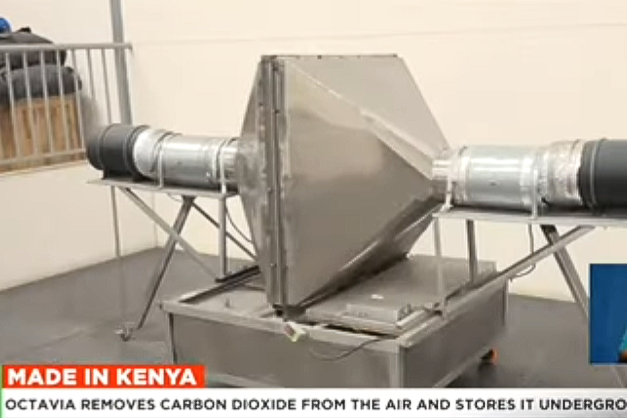
This is majorly designed to pull CO₂ from the air and trap it underground. Giant fans in places like Iceland’s Orca plant or Kenya’s Octavia Carbon suck in air and filter out about 10 tonnes of CO₂ yearly using chemicals. Once captured, the gas is compressed, piped, and injected deep underground, often turning it into rock or storing it in safe geological formations. These systems aim to mimic natural processes and could remove billions of tons of CO₂, something vital for fighting climate change alongside emission cuts. This is similar to the effect of planting 1,000 trees, then selling credits or burying them underground. In Iceland, Climeworks’ Orca plant captures thousands of tonnes annually, though the cost remains high (around $750–$1,000 per tonne). Still, deployment is growing, with government support and new ventures making it more viable.
7. Desalination tech that makes freshwater
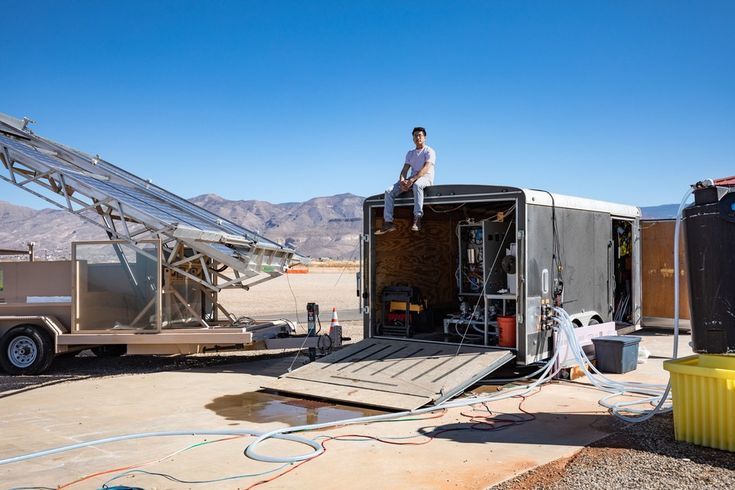
By turning seawater into drinkable water, new desalination systems combine solar power and advanced membranes to turn ocean water into freshwater. Solar-powered reverse-osmosis units can work off-grid in drought-prone zones, reducing reliance on expensive or polluting energy sources. Some setups also capture and reuse waste heat, making the process more efficient and suitable for remote communities. One standout example is a recent pilot plant (e.g. in California or Middle East) using solar thermal energy to drive desalination processes. These solutions can produce thousands of liters of potable water a day, with low environmental impact. By relying on renewables, they avoid brine disposal issues and high energy costs, offering fresh water to places suffering scarcity without large-scale infrastructure.
8. Sound-wave firefighting
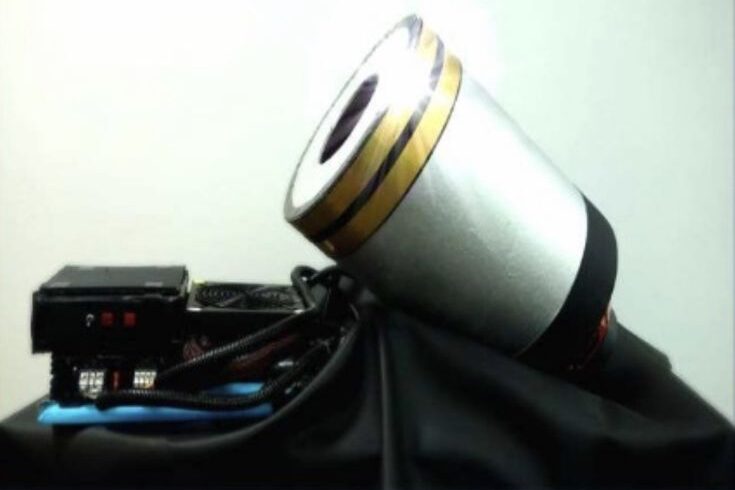
As an invention made for extinguishing flames with low-frequency vibes, scientists have discovered that low-frequency sound waves (like deep bass) can disrupt flame structures and suffocate fires, without water or foam. Laboratory tests show they can cool fire fronts, disperse burning gases, and halt combustion in small-scale flames. Picture a silent speaker blasting a deep bass tone to starve a fire of oxygen and coherence. This is especially helpful for fires in places where water use is tricky, like chemical labs, electrical rooms, or oil rigs. Though still in experimental stages, prototypes have successfully put out pilot flames. If scaled up, such systems could be installed in buildings or aircraft, granting firefighters a new tool that handles dangerous fires cleanly and without water damage.
9. Fusion energy
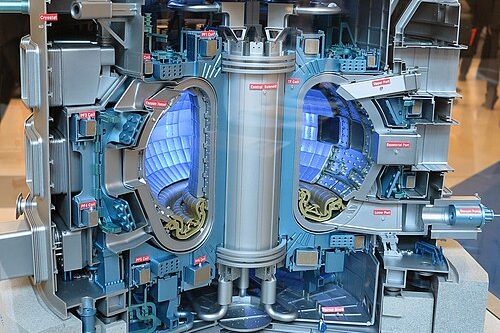
Aiming for a clean, limitless power from star-like reactions, scientists are finally making steady progress toward generating energy from nuclear fusion, the same process that powers the sun. Projects like ITER (International Thermonuclear Experimental Reactor) and private firms such as Commonwealth Fusion Systems and TAE Technologies have recently hit key milestones, holding plasma stable for longer and generating more energy than ever before. If these efforts scale, fusion could offer a nearly inexhaustible, carbon-neutral energy source. Though engineering challenges remain, like maintaining ultra-hot plasma and building durable reactor walls, pilot plants are expected in the 2030s. If fusion succeeds commercially, it could revolutionize global energy, providing “always-on” power without greenhouse gases or long-lived radioactive waste. Imagine cities and industries running on clean energy 24/7 from reactions replicating those in the stars.
10. Nanobots for internal healing

Let’s simply put this as a microscopic machine repairing your body from within. Nanobots, tiny robots measured in micrometers, are being developed to carry medicines or repair tissues directly inside the body. Researchers are experimenting with magnetic “microswimmers” to transport drugs past barriers like the blood–brain barrier, and with DNA origami “robots” designed to release chemotherapy precisely at tumor sites. Clinical trials are already underway. One example: lipid nanoparticle carriers used in mRNA vaccine delivery, a building block for future therapeutic bots. The vision: personalized nanomachines that target individual cancer cells, dissolve clots, or rebuild damaged tissues, all while reducing side effects. This isn’t sci-fi; it’s happening now and could redefine medicine.
11. Smart toilets

Nowadays, we have bathroom sensors spotting illness early. High-tech toilets equipped with sensors can now analyze urine and stool to detect signs of illness right at home or in clinics. These devices measure markers for conditions like urinary tract infections, diabetes, gut inflammation, and even early-stage cancer, all without needing blood draws or lab visits. Some prototypes from companies like Toto and start-ups such as Biobot Analytics integrate with apps and alert users or doctors to abnormalities. In nursing homes, smart toilets are helping monitor elderly residents’ health trends, like hydration or protein levels, so caregivers can intervene early. This everyday tech could revolutionize preventative health and reduce hospital admissions.
12. Night‑mode solar panels
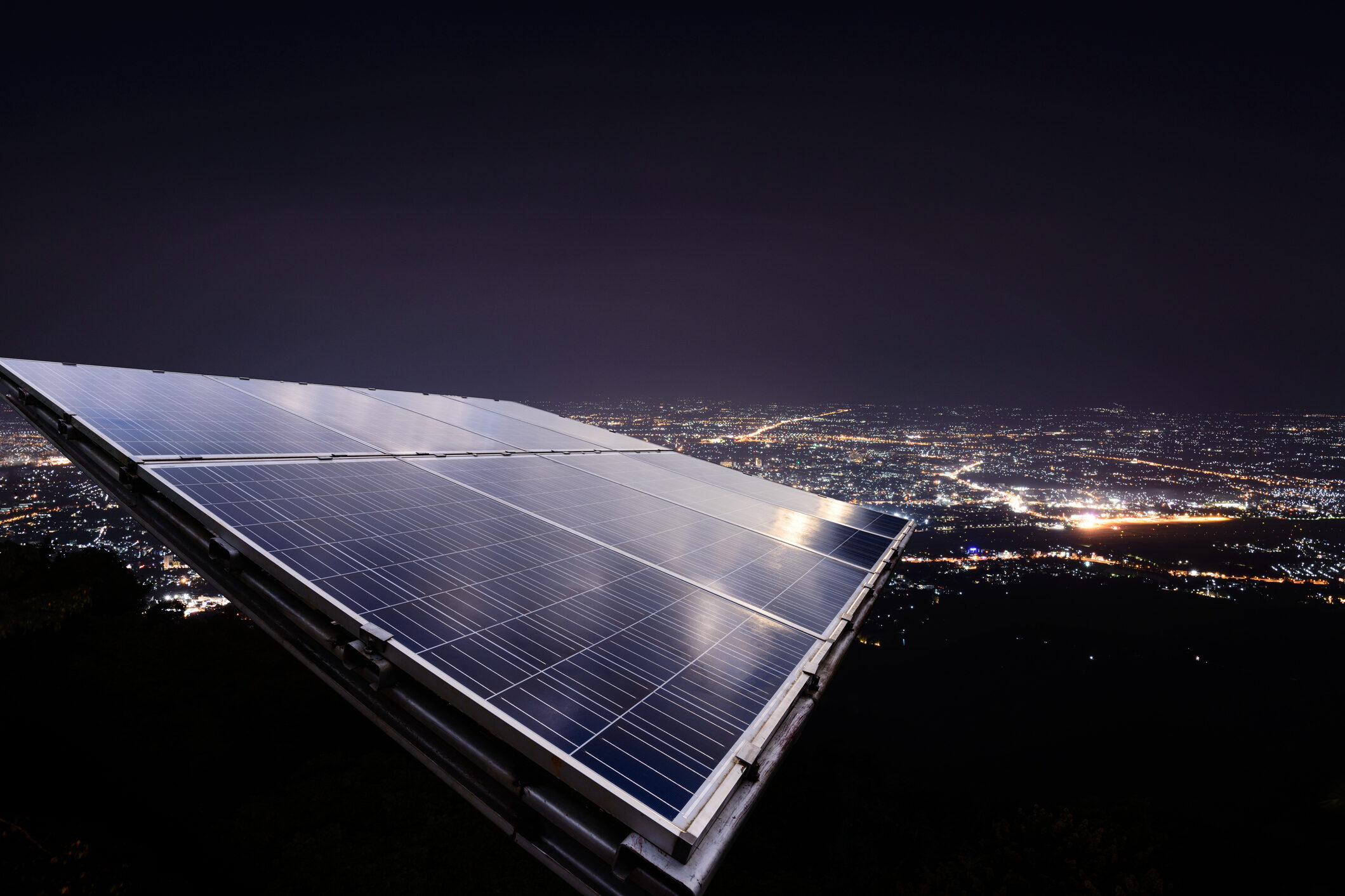
Yes, it is real – solar that works after sunset. Researchers at Stanford and UNSW are developing panels that generate power at night by capturing infrared heat from the sky, using a technique called radiative cooling. At clear, cool nights, these panels drop below ambient temperature and create a thermal gradient that thermoelectric devices convert into electricity, typically around 50 mW per m² so far. Though early-stage, these panels could extend the lifespan and uptime of solar installations, especially in remote off‑grid systems where every watt counts. Continued improvements, such as better thermoelectric materials or multi-junction layering, might eventually provide meaningful overnight power, reducing dependency on batteries and boosting solar’s overall value.
13. Vertical farms
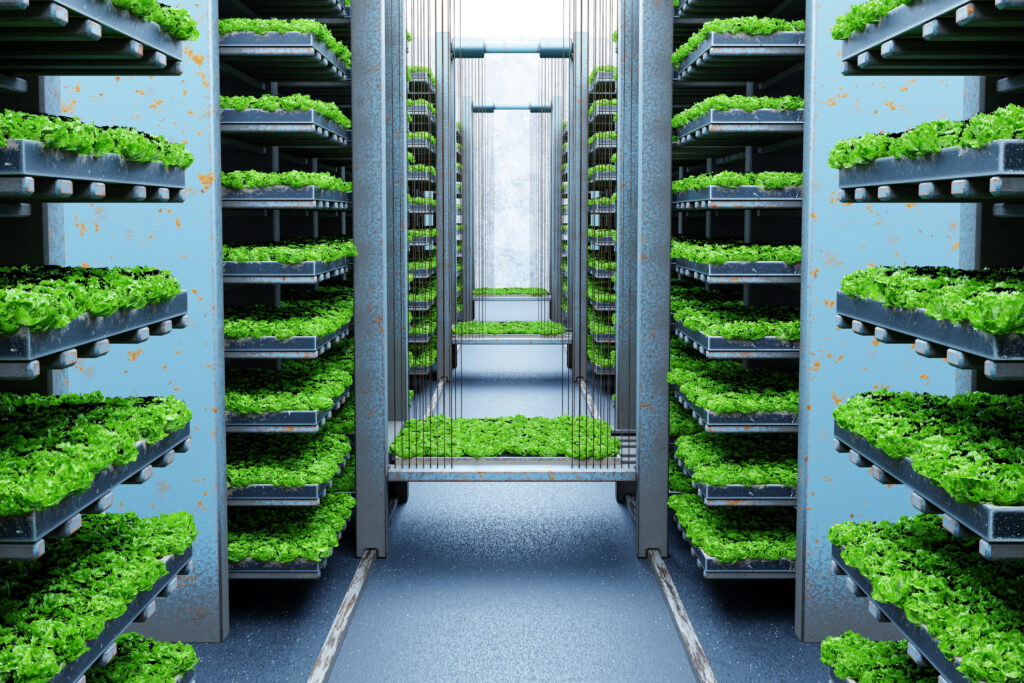
Imagine year-round food in stacked buildings. Vertical farms use hydroponics or aeroponics and LED lights to grow crops indoors, often without soil. They use 70–95 % less water than traditional farms, produce 4–30× more yield per square foot, and eliminate almost all pesticide use. These farms can also be set up in cities, drastically shortening the supply chain and reducing food spoilage and transport emissions. While the tech demands reliable electricity, careful climate control, and upfront investment, it’s proving effective in urban centers around the world. Controlled environments mean stable, year‑round harvests and predictable yields, making vertical farming an increasingly attractive solution for food security and sustainable agriculture.
14. Water‑from‑air devices
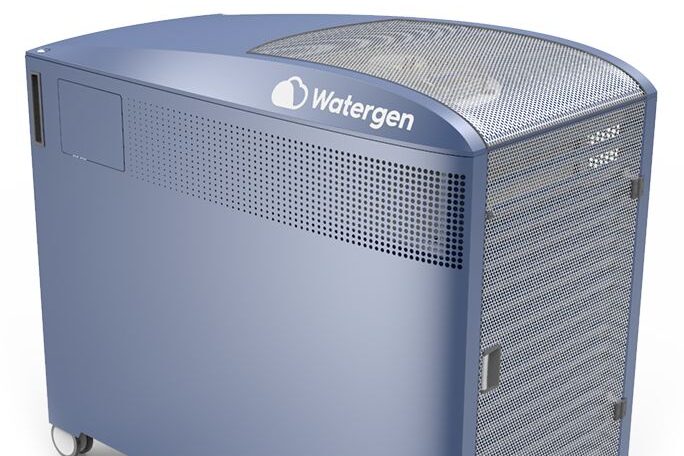
We might begin to harvest drinking water from humidity. Atmospheric Water Generators (AWGs) pull moisture from the air and condense it into drinking water, using processes like cooling, desiccants, or membranes. Companies like Watergen can produce 5 L/kWh, even in low-humidity conditions (down to ~20 %). MIT has even built a passive, window-sized panel using hydrogel that absorbs humidity at night and releases it during the day, demonstrating its versatility. Deployments range from military to remote communities. For instance, Aqua Ubique, founded by veterans, supplies air-to-water coolers to Australian towns, installing one for every five in offices to support underserved areas. This tech can be a game-changer for regions lacking infrastructure, tapping a renewable source that’s literally all around us.
15. Touch‑enabled bionic limbs
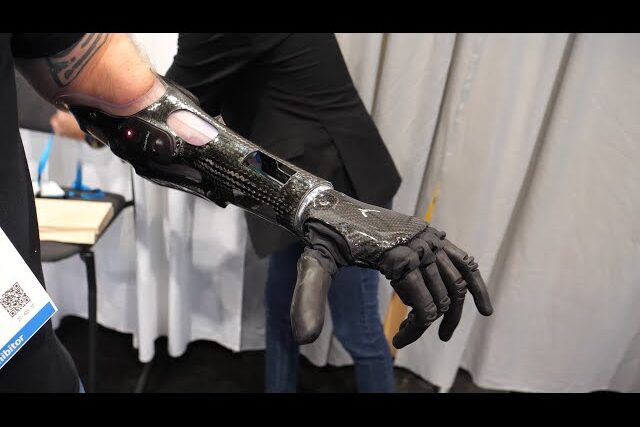
Probably the most awesome on this list is this prosthetics that feel again. New bionic limbs, like PSYONIC’s Ability Hand and systems developed by UChicago and European researchers, can restore a sense of touch by sending signals through sensors to the nervous system. These devices detect pressure, texture, and even motion edges, relaying realistic sensations that help users grip objects more naturally. Implantation involves connecting to muscles, bones, or directly to nerves, such as a novel bionic knee that anchors to the femur and interfaces with leg muscles. Users report improved control, confidence, and a stronger feeling of ownership. Once reserved for sci-fi, this tech is bringing human-level capability and sensation back to amputees.
16. Wildfire‑spotting satellites
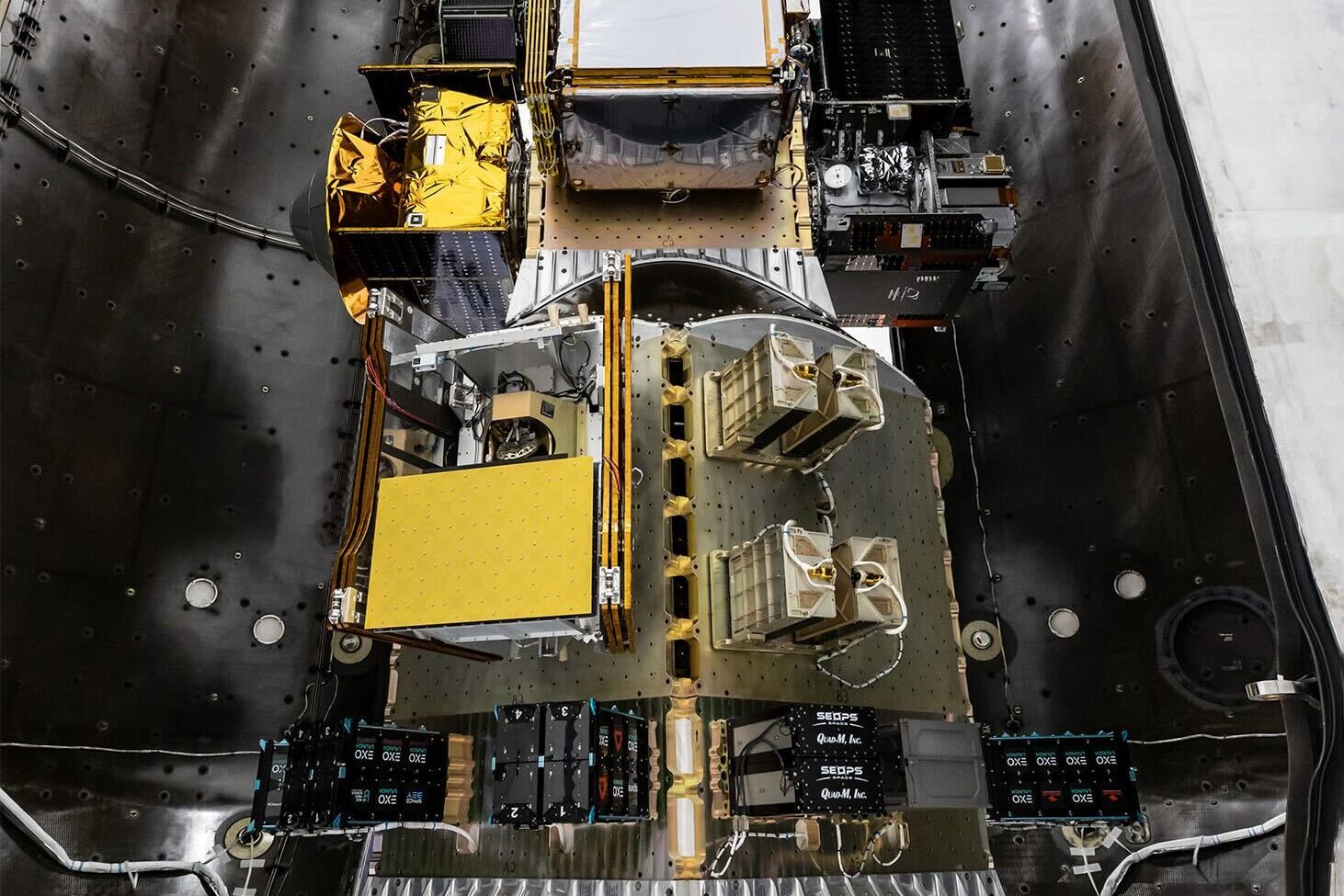
With space-based early fire detection, a new generation of satellites, including Google’s FireSat constellation, OroraTech nanosats, and university CubeSats, is using thermal infrared sensors and AI to detect wildfires early, from just before flames break out. Google’s first FireSat satellite launched in March 2025, detecting fires as small as 5 × 5 m and relaying updates every 15–20 minutes. These systems combine thermal data with AI filtering to reduce false alarms, ignoring sun-warmed rocks or buildings, so alerts go to firefighters more reliably. With comprehensive coverage, they promise to help catch fires before they spread, giving communities a vital tool in the fight against climate-driven wildfire risk.
17. Artificial wombs for premature infants
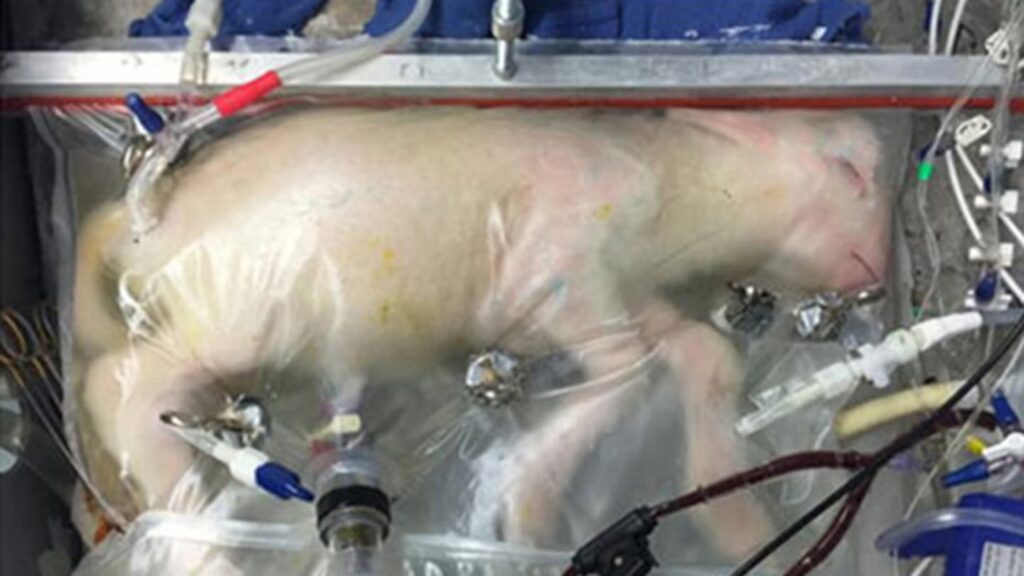
Scientists have created an artificial womb, often called a “biobag”, that kept prematurely born lamb fetuses alive in a fluid‑filled chamber for up to four weeks, allowing their lungs, hearts, and other organs to continue maturing naturally. The system uses a sterile amniotic environment, with blood flow driven entirely by the fetus’s own heart through an oxygenator that mimics a placenta. It’s a breakthrough that could someday help human babies born as early as 23–28 weeks gestation survive and develop outside the maternal uterus. Although human trials haven’t started yet, regulators like the FDA are reviewing the science ahead of potential first‑in‑human trials in situations where the mother or fetus faces severe risk. Challenges remain: tiny umbilical cannulation, the risk of brain bleeds, replicating the complex biological signals a fetus receives in utero, and navigating ethical concerns about parental autonomy and broader societal impact.
These inventions may sound like science fiction, but they’re real, they’re working, and they could change everything.
This story 17 Real Inventions That Sound Like Sci-Fi, But Might Just Save the World was first published on Daily FETCH


